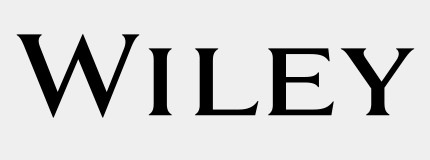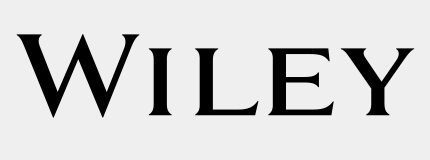How the Pandemic Transformed Workforce Skill Needs
Employers have felt the effects of the skills gap for years. And as our Closing the Skills Gap 2023 report shows, this challenge accelerated during the pandemic. In this infographic, we present new employer perspectives on this trend to help your university equip learners with in-demand skills.

About the Closing the Skills Gap 2023 study
We surveyed 600 HR professionals from multiple industries during the summer of 2022.
The skills gap is widening — rapidly
Percent of employers with a skills gap

Skill gaps form because employers can’t:
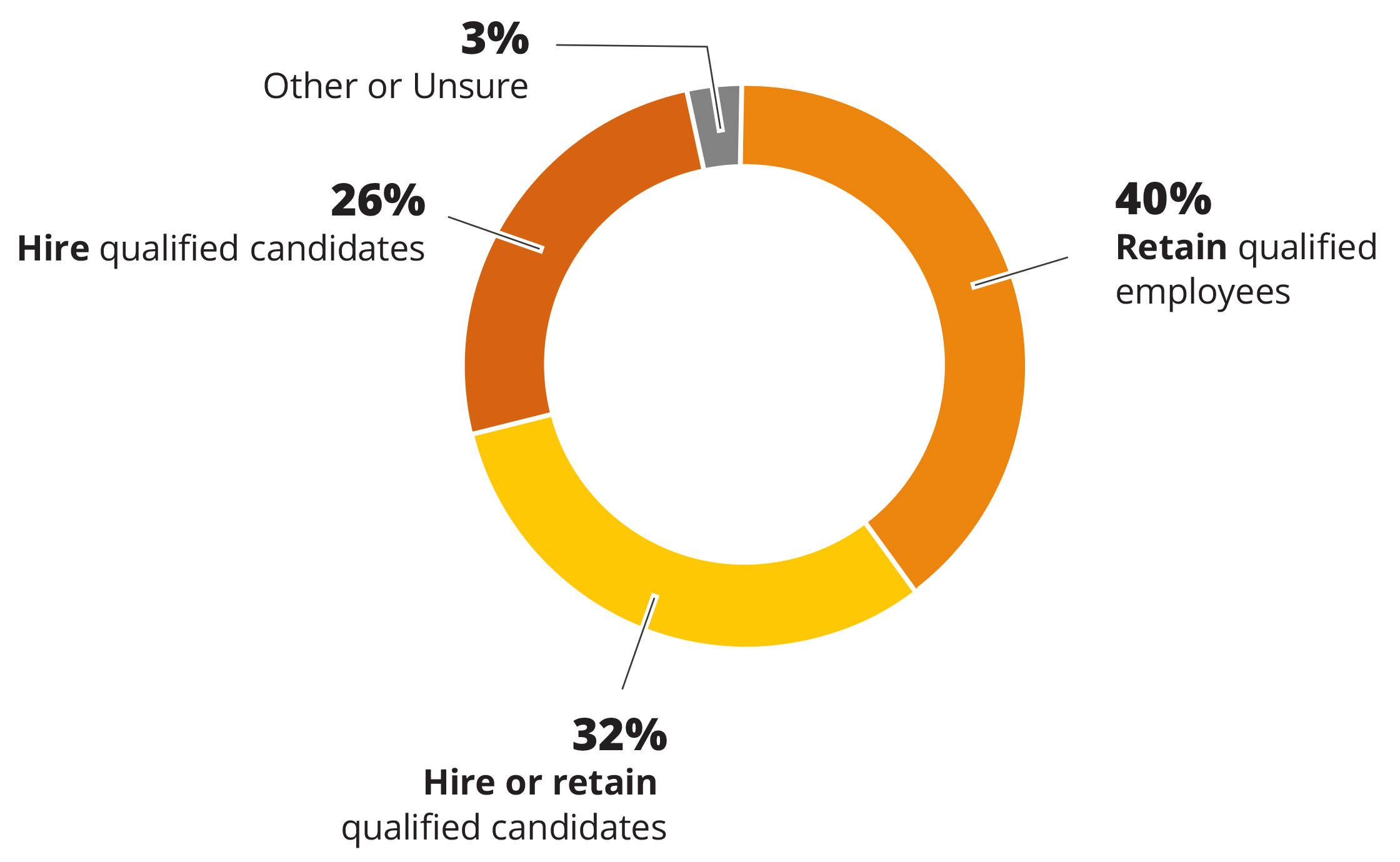

Hard vs. soft skills
How long are these skills useful?
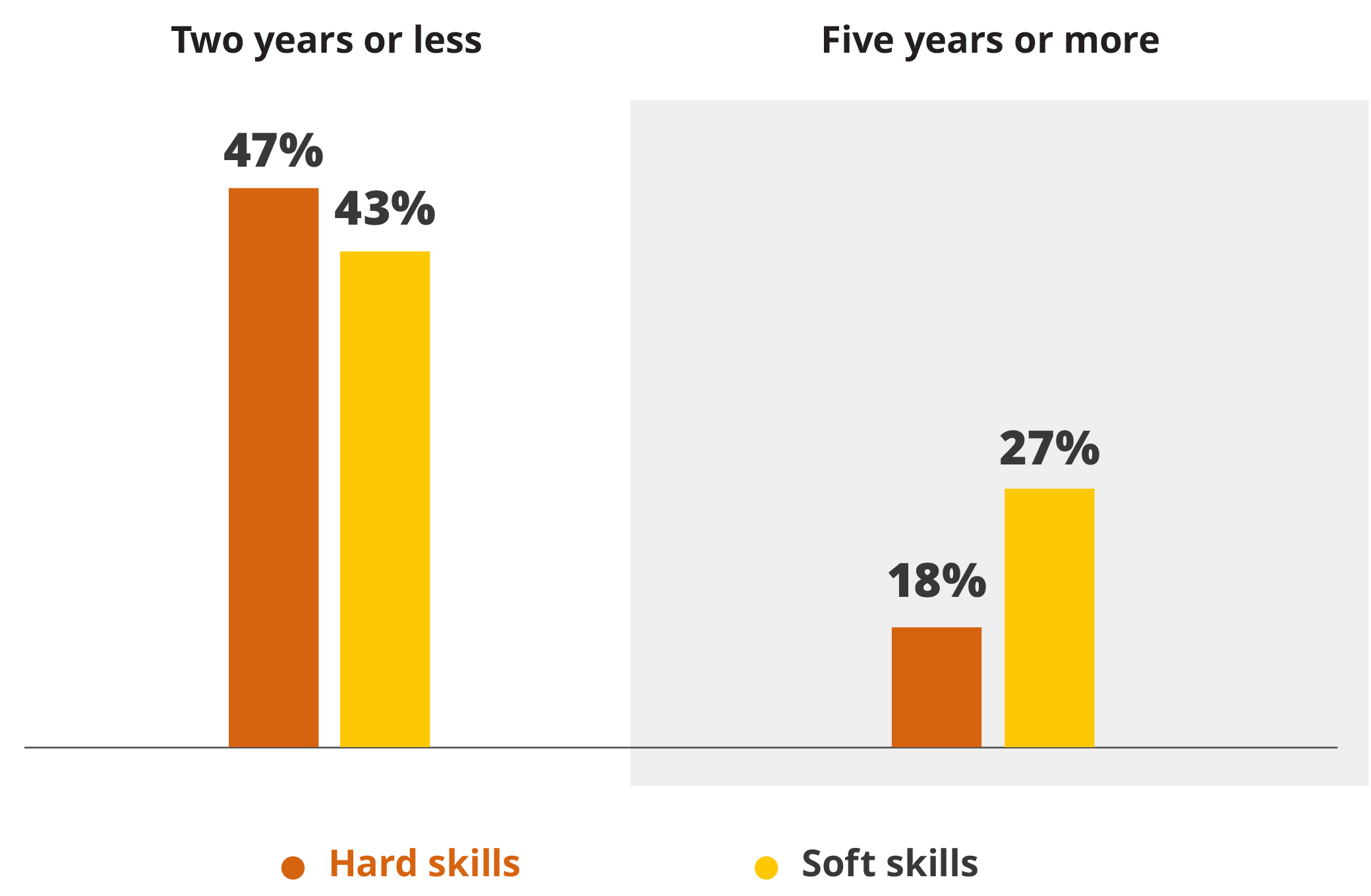
Which jobs are the hardest to fill and retain?
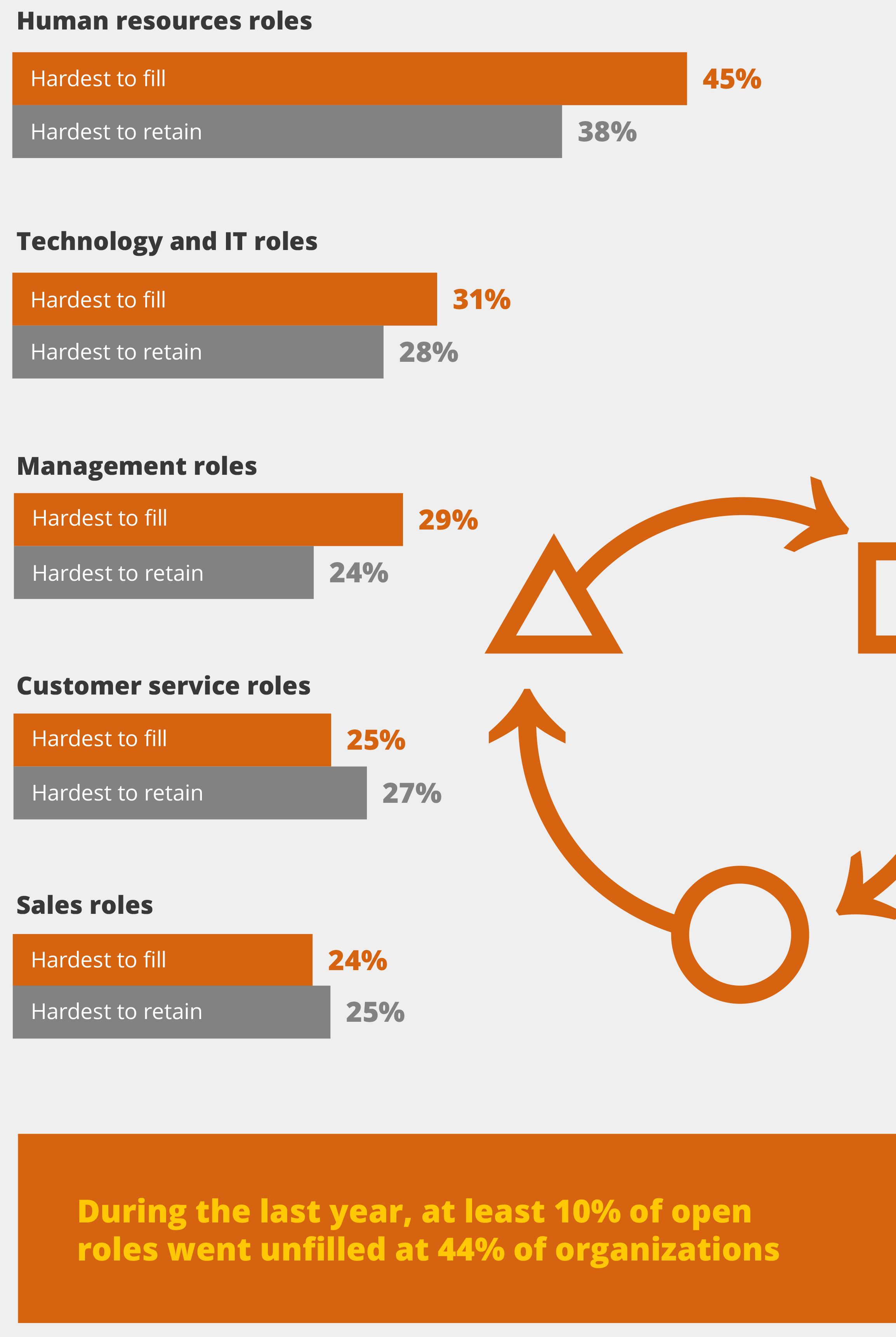
Putting learning and development to work
The leading ways to upskill employees
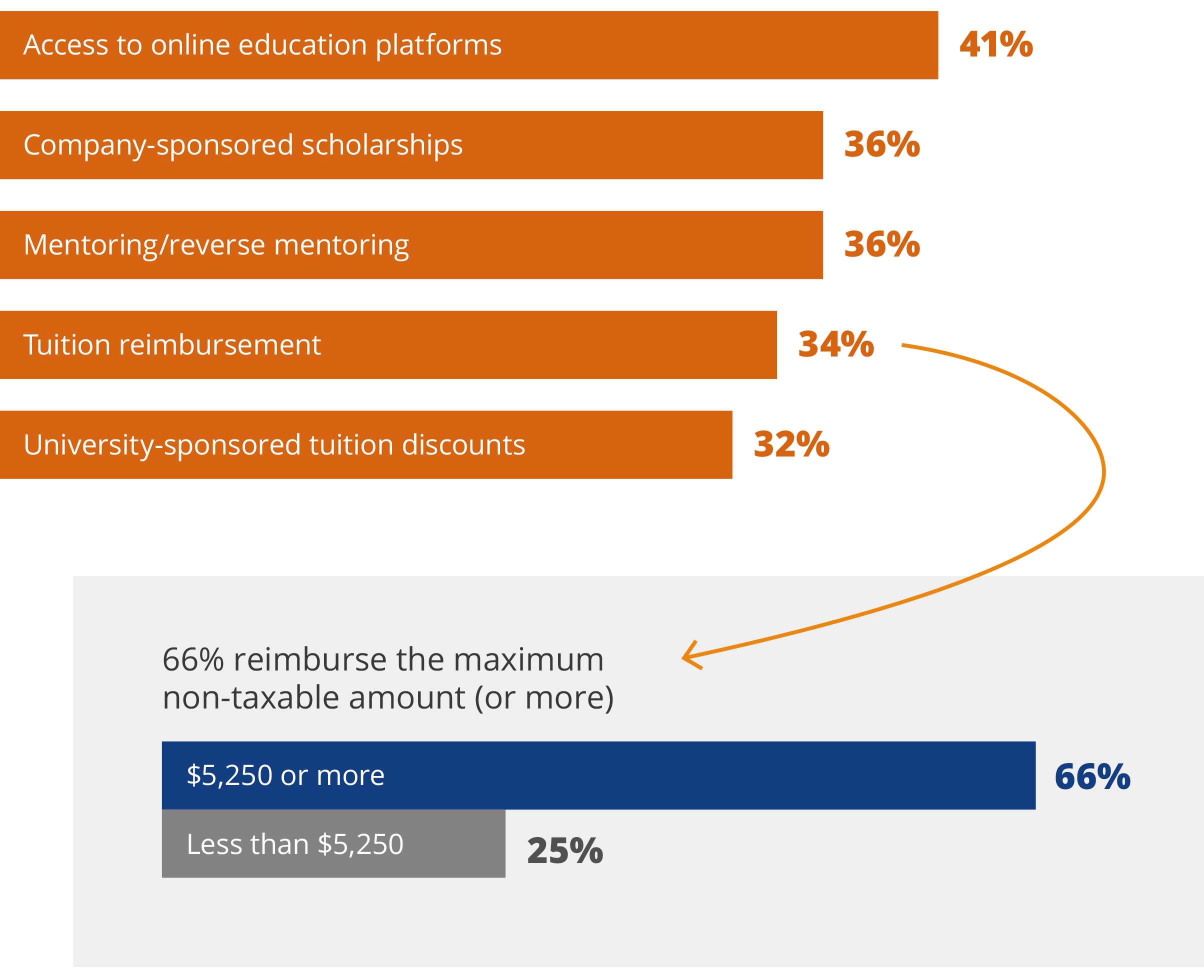
How do employers validate job skills?

How can your university help?
- Work with local employers to close their skill gaps
- Gather insights on the skill deficiencies employers need to address
- Refine your courses to provide skills that learners need for open roles
- Update your degree programs to align with relevant certifications
- Analyze the credentials employers use to validate skills
- Offer credentials beyond the degree to meet changing skill needs
- Research the tuition reimbursement rates for local employers
- Help local workforces use their tuition benefits
- Seek options for meeting those criteria, such as reducing tuition or required credits
Download your copy of
Closing the Skills Gap 2023
How can you prepare more learners for post-pandemic success? Get our complimentary report for insights and recommendations for enhancing your academic programs to meet today’s skills needs.
This content is sponsored and provided by Wiley and produced by Inside Higher Ed's sponsored content team. The editorial staff of Inside Higher Ed had no role in its preparation.

